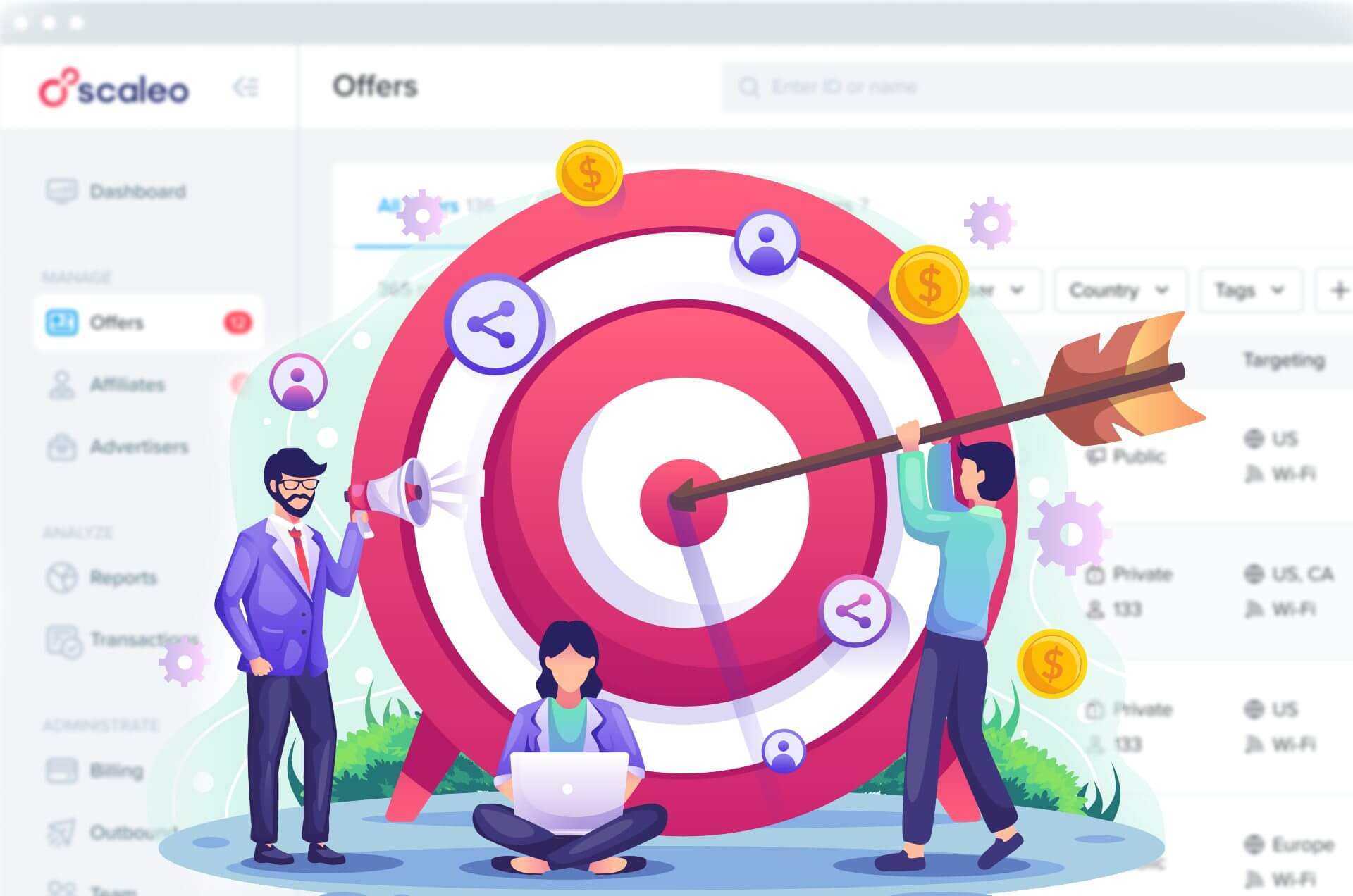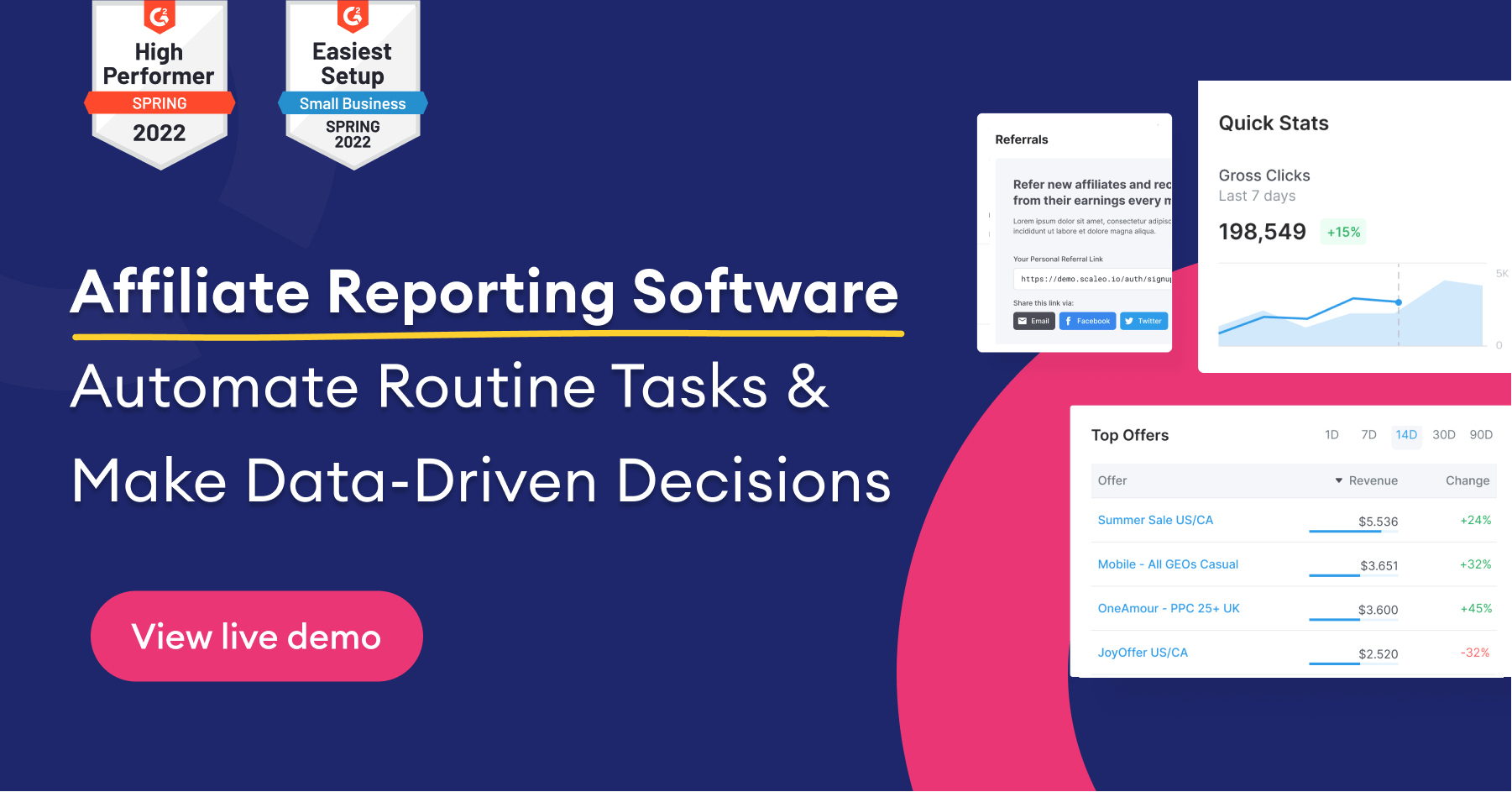Channel partner marketing is becoming increasingly valuable in highly competitive technological industries. So, what is it exactly, and how can you tap into its potential and expand your business?
Channel partner marketing is a method used to promote products and services sold by channel partners, also known as channel marketing or partner marketing.
This may sound complicated, but don’t worry; we’ll break it down for you.
So, let’s dive right in!
What Is a Channel Partner Marketing Program?
Channel partners serve as a liaison between vendors and end users, frequently providing sales implementation and customer support.
A channel partner marketing program is a strategy that involves two companies allying together. Partners are motivated to market the other company’s products, services, or creations while remaining either autonomous or posing as a third-party, unbiased player.

A successful partner program, when executed perfectly well, can provide the following benefits to your business:
- Increased Revenue: Partner programs are beneficial to all parties; it’s a classic win-win situation. Businesses participating in partner programs see significant product or service sales growth.
- Rapid Testing: Channel partner programs allow you to test new customer audiences, promotions, products, and marketing campaigns in a low-risk environment.
- Build Trust: Having your brand endorsed by a well-known and trusted partner in your industry will boost its visibility and trust. Your collaboration with them will automatically increase your product’s credibility and trustworthiness in your customers’ eyes.
- Expanded Network: Each unique partnership creates its own relationship network. When a brand joins forces with another company, they join forces with its users and partners, thereby expanding its network that contributes to sales and brand awareness.
Map Your Channel Marketing
While the benefits are obviously lucrative, some may say it’s easier said than done.
But, don’t worry, you don’t need to get out of your way to get started; all you need to do is map the process and follow along.
Similar to how direct marketing targets different buyer personas, channel marketing must target a variety of decision-makers.
The distinction is that these decision-makers may be associated with one or more businesses comprising your distribution channel. It is critical to map them for effective communication.
Be sure to identify the following, before you get started:
Points for channel marketing
In the most basic scenario, channel marketers only need to target partners directly. Still, there is often a distributor they must first convince and convert in order to gain access to selling partners. Furthermore, the distributor is frequently the gatekeeper, governing all future communications with their partners.
In many cases, vendor communications are not only screened but also “pay to play,” creating roadblocks to partner engagement. Once connected with a partner, gaining mindshare may be difficult because it requires communication with various stakeholders, such as owners and sellers.
Roles
Identify your partner types. Then, make sure that your communications include some role-based communication. The messaging that persuades an owner to join as a partner may not be the same messaging that persuades sales reps to introduce your solutions to their customers.
Points for marketing distribution
Selling through partners to end customers is, at best, two steps, but it can be more if distributors are involved. This marketing motion is complicated because channel marketers frequently need to pair through-channel campaigns with to-channel messaging about objectives, promotions, and sales incentives.
Establishing these critical communication and experience points helps with content strategy and prepares you to measure the right outcomes from the right activities. We track partner enrollment and engagement for channel marketing activities. We track leads, opportunities, and bookings to channel market-through efforts.
Types of partners
Your channel program will not be a cohesive unit. Referring to affiliate partners versus selling partners is a classic example. At the very least, their “hot buttons” differ: one wants to throw leads passively over the fence, while the other wants to sell your solution actively.
In a more complex example from the tech world, there may be many different types of partners, such as sales agents, value-added resellers, white-label resellers, systems integrators, and managed services providers.
All of whom may sell your solution for different reasons, with different compensation models and pre- and post-sales responsibilities, including installation, billing, and customer care.
In this case, both recruitment and enablement marketing materials must be tailored to their respective go-to-market strategies.
Specialization
Your partner may have experience in health care, finance, or other industries. Alternatively, they may concentrate on multinational corporations or small and medium-sized businesses.
Use their specialties to your advantage by tailoring your messaging to vertical or horizontal needs. Even if your partners or solutions are more broadly focused, tailored marketing can help you achieve better results.
If you want to make your marketing more relatable and get more conversions, try customizing your campaign language, use cases, and product positioning for a specific industry or company size. It’ll help you engage with your audience better and see some awesome results with your partners. Give it a shot!
Partner Marketing Best Practices
Now that you have identified partner roles and better understand how your business will operate using the partner marketing channel, it’s time to dive into the best B2B practices that will help you build a successful, long-term strategy for your partner program.
Here are a few channels you can leverage in order to maximize your brand’s exposure as well as draw the attention of potential partners in your niche.
According to a recent study, partner referrals account for 52% of professional service businesses. You can even identify clients with a large network and ask for referrals. Nothing generates more customers than constant supply referrals.
Systematically cultivate and refer people.

Looking to automate your referral process and build a successful partner program? Try Scaleo! Schedule a demo call and see what we can do for your business.
1. Build Awareness
A search-optimized website can boost search authority, but having a presence in your region to build word-of-mouth and referrals is more important. Attend or sponsor networking events. Consider placing an ad with a local or regional journal.
Write news and press releases aggressively and distribute them to local, regional, and national editor lists. Make use of both free and paid news distribution services. Investigate and look for speaking opportunities at relevant events.
It should be noted that the longer the planning cycle, the larger the event. Be present, and be everywhere.
Read our blog post: Tips for Creating a Successful Referral Program
2. Analysis and Planning
Take a step back and conduct some research before you begin marketing. Determine sales and profit for each market segment, product, or service. Determine potential areas for expansion. Examine the marketing, websites, products, and services of your competitors. Seek objective advice from an expert.
The marketing plan should outline the timing of marketing initiatives throughout the year and estimated costs. To manage marketing, use a spreadsheet or a calendar.
3. Leverage Vendor Support
Hardware and software vendors typically have far more marketing resources than channel partners, from brochure templates to websites, emails, and case studies, to content for these applications. Vendors frequently sponsor webcasts and product demonstrations in which channel partners can take part.
Finally, vendors and publishers may provide co-op and market development funds (MDF) to channel partners to reimburse them for approved marketing initiatives.
4. Social Media
Marketing’s hottest topic is social media. Why? Because it can increase search authority while also generating leads!
How?
Create profiles on LinkedIn, including personal and company pages, a Facebook business page, a Twitter profile, a YouTube channel and Google Places.
Make sure your website and blog include social profile icons and links. Integrate social sharing tools (Facebook Like, Twitter Retweet, Bookmarks) to both your website and blog.
5. Direct Marketing
All marketing aims to generate leads. So use a customer database, marketing automation software, or contact manager to manage it. Leads should be coded, tracked, and reported. Connect the database to your website’s registration pages and email campaigns.
Conduct ongoing research on potential leads and contacts. Obtain prospect lists from publishers or trade associations. To identify decision makers and contact information, use telemarketing qualifications.
6. Search Engine Optimization (SEO)
The foundation of your marketing program is your website. A website that is more than three years old may be out of date (mobile version?). Is the site ranked in the top three search results for specific keywords? To identify issues and problems, use search engine optimization diagnostics such as SEOmoz.
What are your traffic statistics?
Examine Google Analytics. What about the content and the images? Is there compelling content on the site, such as case studies and events? Do the graphics present a professional image in which customers can put their trust? Is lead generation optimized with offers and registration pages? If vendors allow it, consider a paid search (Pay-Per-Click).
7. Content
Make yourself a subject matter expert (SME) or thought leader in your field. How? Create case studies, white papers, eBooks, surveys, industry studies, videos, and other materials. Make use of and repurpose the content for your website, blog, and social media. When submitting proposals, include content for your credentials kit. Search for and curate content from other publishers, bloggers, and editors (with credit).
8. Blogging
A blog is a tool for distributing all of your content. Blogging has numerous advantages for a marketing program, including superior search engine optimization (SEO). Blogs work with your website and social media to create indexed pages and distribute content via bookmarking and social sharing. WordPress, for example, has powerful search optimization features, widgets, and plug-ins.
9. Podcasts and Live Events
Create regular webcast events on relevant topics. Determine relevant vendor events. Promote and communicate events through email, public relations, and social media channels. Participate in and sponsor local and vertical marketing, networking, and trade show events.
List upcoming events on your homepage and create an events page with archives on your website.
Calculate the ROI of your Channel Partner Program
Now that you have done it all, do you want to track your progress? Consider the following critical metrics when assessing your return on investment (ROI).
Metrics for Channel Sales Recruitment:
- Total Partner Count: How many new partners have you added in the last month or quarter?
- Attainment of Recruitment Quotas: How far or close are you to achieving your recruitment objectives?
- Average Cost for Recruiting Partners: How much money do you need to invest in recruiting new partners?
- % of Partners Attracted Through a Channel: For example, 45% of revenue comes from webinars, 30% from email marketing, and 25% from referrals.
Metrics for Channel Sales Success:
- Average Revenue Generated Per Partner: The first step in improving your sales engagement is tracking your partner’s revenue.
- Average Partner Satisfaction: Monitoring your partner’s satisfaction is a good indicator that your product is working.
- % of Partners Who Completed Training: What proportion of your partners completed training? Complete the training you provided.
- Average Sales Cycle Time: How long does it take for your sales representatives to close a sale?
Metrics for Channel Sales Profitability:
- Tracking the percentage of people who have stopped selling your products is critical for staying on top of the situation.
- Program Cost of Revenue: How much revenue do you generate overall compared to the cost of your program?
- Average Profit Margin: How much profit does your product generate on average?
- Revenue Growth Rate for Partner Tiers: This metric demonstrates how partners increase across various product lines. And can assist you in making productive resource allocation decisions.
Conclusion
Are you ready to grow with your partner channel marketing campaign? Are you ready to expand through channels you have not used before, and through partners you have never partnered with?
Following the abovementioned strategies, you can create a working partner program to energize your team, attract top-tier partners, and set you apart from the competition.
Do you need help establishing your channel partner program? Need reliable and robust software to gather all your efforts in one place? We’ll work with you to maximize the effectiveness of these strategies and develop a partner channel marketing program to help you win more business. Schedule a demo call with our representative and see what our partner marketing SaaS software can do for your business!

Last Updated on December 1, 2023





